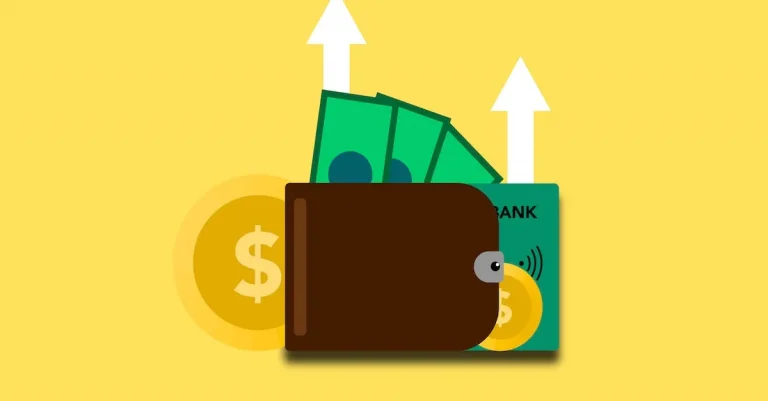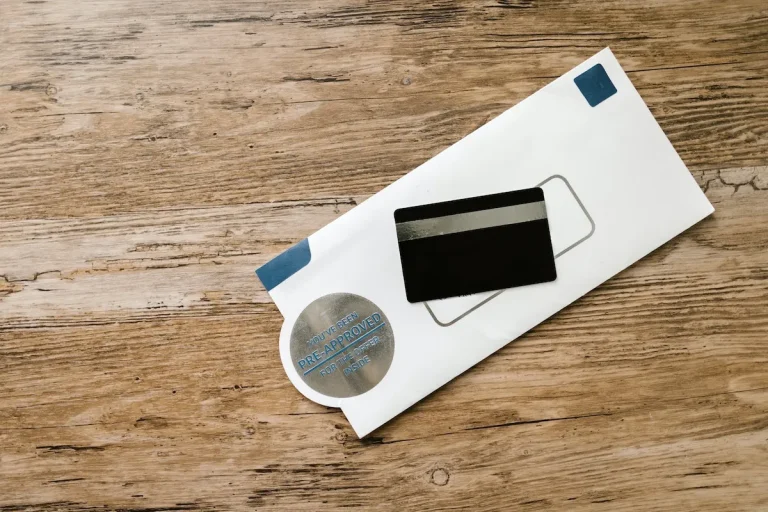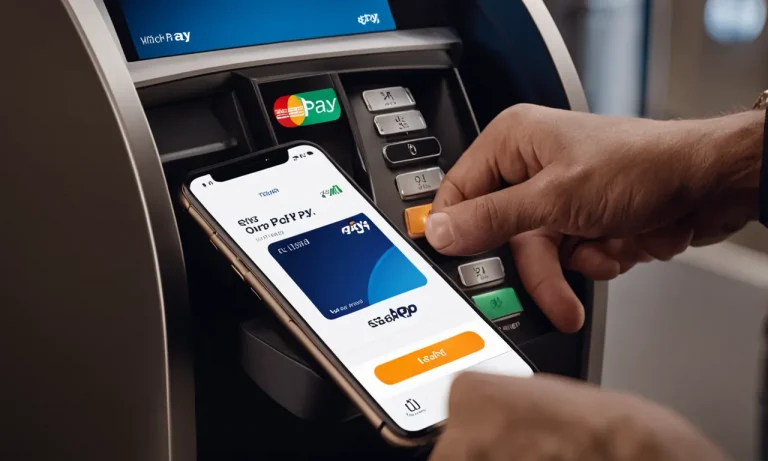How Much Below Msrp Should I Pay For A New Car?
Buying a new car is exciting, but negotiating the best deal can be stressful.
If you want to maximize your savings, knowing how much below the manufacturer’s suggested retail price (MSRP) you should aim to pay is key.
If you’re short on time, here’s the quick answer: Shoot for paying 5-10% below MSRP on average. You may be able to negotiate an even lower price on slow selling models or if you’re willing to shop end of model year clearance deals.
In this comprehensive guide, we’ll discuss a variety of factors that determine what discount is possible including invoice price, holdbacks, incentives and rebates, dealer inventory, and timing your purchase wisely at month and year end when dealers are more motivated to make deals.
Understand the Invoice Price
When buying a new car, understanding the invoice price is crucial in negotiating a fair deal. The invoice price is the amount that the dealer pays to the manufacturer for the car. It includes the base price of the vehicle plus any additional features or options.
It is important to note that the invoice price is not the same as the manufacturer’s suggested retail price (MSRP), which is the price that the manufacturer recommends the dealer sell the car for.
Definition of invoice price
The invoice price is the amount that the dealer pays to the manufacturer for each car. It takes into account the cost of manufacturing the vehicle, as well as any additional features or options that have been added.
The invoice price is typically lower than the MSRP, as it does not include any additional markup or profit for the dealer.
How invoice price compares to MSRP
The difference between the invoice price and the MSRP is known as the dealer’s markup. This markup is the profit that the dealer makes on each car sold. Typically, the dealer’s markup is around 10% to 20% of the MSRP.
However, it’s important to note that this markup can vary depending on factors such as demand for the car and the dealer’s overhead costs.
Understanding the difference between the invoice price and the MSRP can give you an advantage when negotiating the price of a new car.
By knowing the invoice price, you can have a better idea of how much the dealer is making on the sale and can negotiate a fair price that is closer to the invoice price.
When invoice price information is readily available
Invoice price information is not always readily available to the public, but there are resources that can provide this information. Some websites, such as Edmunds and Kelley Blue Book, offer invoice price data for various car models. Additionally, some dealerships may be willing to provide invoice price information if asked.
Having access to invoice price information can give you a starting point for negotiations and help you determine how much below MSRP you should aim to pay for a new car. Remember, it’s important to consider other factors such as market demand and the overall value of the car when negotiating the final price.
Account for Dealer Holdbacks and Incentives
When it comes to buying a new car, it’s important to understand how much below the Manufacturer’s Suggested Retail Price (MSRP) you should pay.
One factor to consider is the dealer holdback, which is a percentage of the car’s price that the manufacturer pays the dealer after the sale. Another important factor is the current incentives and rebates offered by the manufacturer.
What are holdbacks and how much are they?
Holdbacks are an amount of money that the manufacturer holds back from the dealer until the car is sold. This is a common practice in the automotive industry and serves as a way for the manufacturer to provide financial support to the dealer.
Holdbacks are typically a percentage of the car’s price, ranging from 2% to 3% of the MSRP.
For example, if the MSRP of a car is $30,000 and the holdback is 2%, the manufacturer would hold back $600 from the dealer. This means that the dealer effectively paid $29,400 for the car, excluding any other costs.
Find out about current incentives and rebates
In addition to holdbacks, manufacturers often offer incentives and rebates to encourage customers to buy their cars. These incentives can include cash back offers, low-interest financing, or discounted lease rates.
It’s important to research and find out about the current incentives and rebates available for the car you are interested in purchasing.
One way to find out about these incentives is by visiting the manufacturer’s official website. They often have a section dedicated to current offers and promotions.
Another reliable source of information is automotive review websites or forums, where users share their experiences and knowledge about the latest deals and discounts.
Combine holdbacks and incentives to improve your position
Now that you have a better understanding of holdbacks and incentives, you can use this knowledge to negotiate a better deal on your new car.
By combining the holdback amount with any available incentives, you can improve your position and potentially pay below the MSRP.
It’s important to keep in mind that the amount you can negotiate below the MSRP will depend on various factors, such as the popularity of the car, current market conditions, and the dealer’s willingness to negotiate.
However, armed with the knowledge of holdbacks and incentives, you can confidently approach the negotiation process and aim for a great deal.
Factor in Dealer Inventory and Sales Quotas
When it comes to negotiating the price of a new car, it’s important to factor in the dealer’s inventory and sales quotas. This can give you an advantage in getting a better deal.
Slow selling models have more negotiation room
If you’re eyeing a car model that has been sitting on the dealer’s lot for a while, you may have more room for negotiation.
Slow selling models are often priced more competitively to move inventory, giving you an opportunity to negotiate a better price below the Manufacturer’s Suggested Retail Price (MSRP).
High inventory puts you in a better bargaining position
A dealer with a high inventory of a particular car model may be more willing to negotiate on price. This is because they want to move the inventory quickly to make room for newer models or to meet sales quotas.
By being aware of the dealer’s inventory levels, you can use this information to your advantage and negotiate a price below the MSRP.
Month-end and year-end quotas make dealers deal
Dealerships often have monthly and yearly sales quotas that they need to meet. Towards the end of the month or year, dealerships may be more motivated to make a deal and reach their quotas.
This can give you an opportunity to negotiate a lower price below the MSRP. By timing your purchase strategically, you can take advantage of this pressure and secure a better deal.
Remember, it’s important to do your research and have a clear understanding of the market value of the car you’re interested in. This will give you a benchmark to negotiate from and ensure that you’re getting a fair deal.
Additionally, consider using online resources to check for any available rebates or incentives that can further reduce the price of the car.
Be Ready to Negotiate and Walk Away
When it comes to buying a new car, negotiation is key. Don’t be afraid to haggle for a better deal. One important thing to keep in mind is to have a clear idea of how much below the Manufacturer’s Suggested Retail Price (MSRP) you should aim to pay.
Here are some tips to help you negotiate the best price for your new car.
Make your first offer 10% below MSRP
It’s always a good idea to start your negotiations by making an offer that is below the MSRP.
A common rule of thumb is to aim for around 10% below the sticker price. This initial offer gives you room to negotiate and allows the dealer to make a counteroffer.
Remember, the goal is to find a price that both parties are satisfied with.
Point out competing offers and fair price data
Do your research before heading to the dealership. Look for competing offers from other dealerships in your area or online. This will give you leverage when negotiating with the dealer.
Additionally, gather fair price data from reputable sources such as Kelley Blue Book or Edmunds. These websites provide price ranges for different car models based on various factors like location and trim level. Use this information to support your negotiation and ensure you are getting a fair deal.
Kelley Blue Book – a trusted resource for car pricing and information.
Edmunds – another reliable source for car pricing and reviews.
Be willing to walk away if you can’t reach a deal
Sometimes, negotiations may not go as planned, and the dealer may not be willing to meet your desired price. In such situations, it’s important to be prepared to walk away.
This shows the dealer that you are serious about getting the best deal possible and may prompt them to reconsider their position. Remember, there are plenty of other dealerships and cars out there, so don’t settle for a price that you’re not comfortable with.
By following these tips, you’ll be better equipped to negotiate the price of your new car and ensure that you’re getting a fair deal. Remember, negotiation is a normal part of car buying, so don’t hesitate to advocate for yourself and walk away if necessary. Happy car shopping!
Maximize Savings with Good Timing
When it comes to buying a new car, timing can play a crucial role in maximizing your savings. By taking advantage of certain occasions or periods, you can potentially negotiate a better deal and pay below the Manufacturer’s Suggested Retail Price (MSRP).
Here are some tips on how to time your purchase strategically:
Shop clearance sales at the end of model years
One effective way to save money on a new car is to shop during clearance sales at the end of model years. Car dealerships often offer significant discounts on previous year’s models to make room for the new arrivals.
These sales can be an excellent opportunity to score a great deal and pay below MSRP. Keep an eye out for advertisements or promotions from dealerships near you, and don’t hesitate to negotiate for an even better price.
Look for existing new inventory nearing a year on the lot
Another tactic to consider is looking for existing new inventory that has been on the lot for close to a year. Dealerships typically want to sell these vehicles quickly to make room for newer models. As a result, they may be more willing to negotiate and offer a discounted price.
This is especially true if the vehicle you’re interested in hasn’t been selling well or there is limited demand for it. By targeting these cars, you can potentially get a better deal and pay below the MSRP.
End of month and quarter are optimal negotiation windows
If you’re looking to negotiate a better price, consider timing your visit to the dealership at the end of the month or quarter. Salespeople and dealerships often have sales goals to meet within these timeframes and may be more motivated to make a deal.
They might be more willing to negotiate and offer additional incentives to close a sale. Take advantage of this window of opportunity by doing your research, comparing prices, and confidently negotiating for a price below the MSRP.
Remember, timing is just one aspect of getting a great deal on a new car. It’s also important to do your research, compare prices, and be prepared to negotiate. By combining these strategies, you can increase your chances of paying below the MSRP and saving money on your new car purchase.
Conclusion
With preparation and patience, you can negotiate the best price on a new car purchase.
Aim to pay 5-10% under MSRP on average. Go into the negotiation knowing the invoice price, available incentives, and the dealer’s current inventory status.
Be ready to negotiate with compelling facts supporting your offer. With good timing at year end or month end, you could potentially save 10-15% or more off MSRP.











